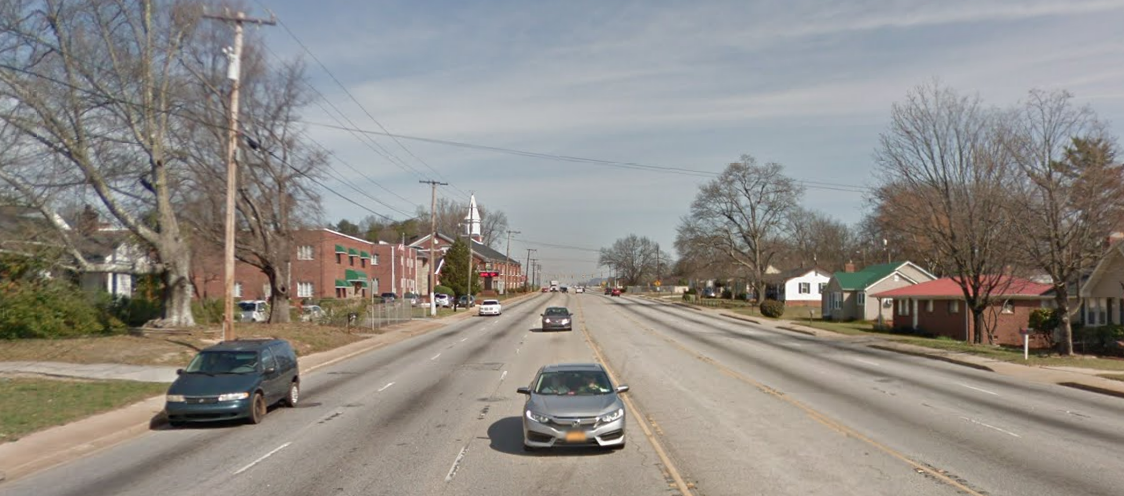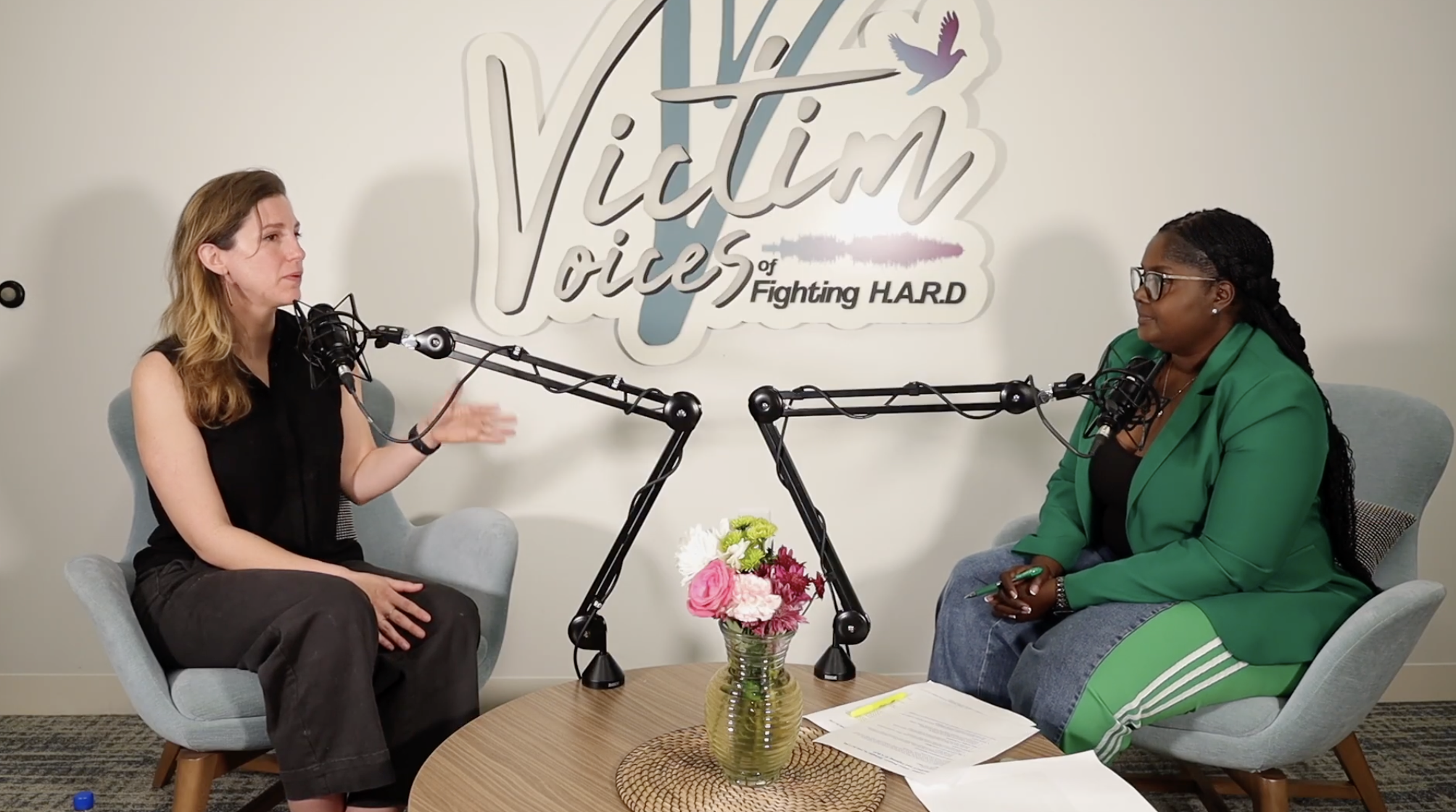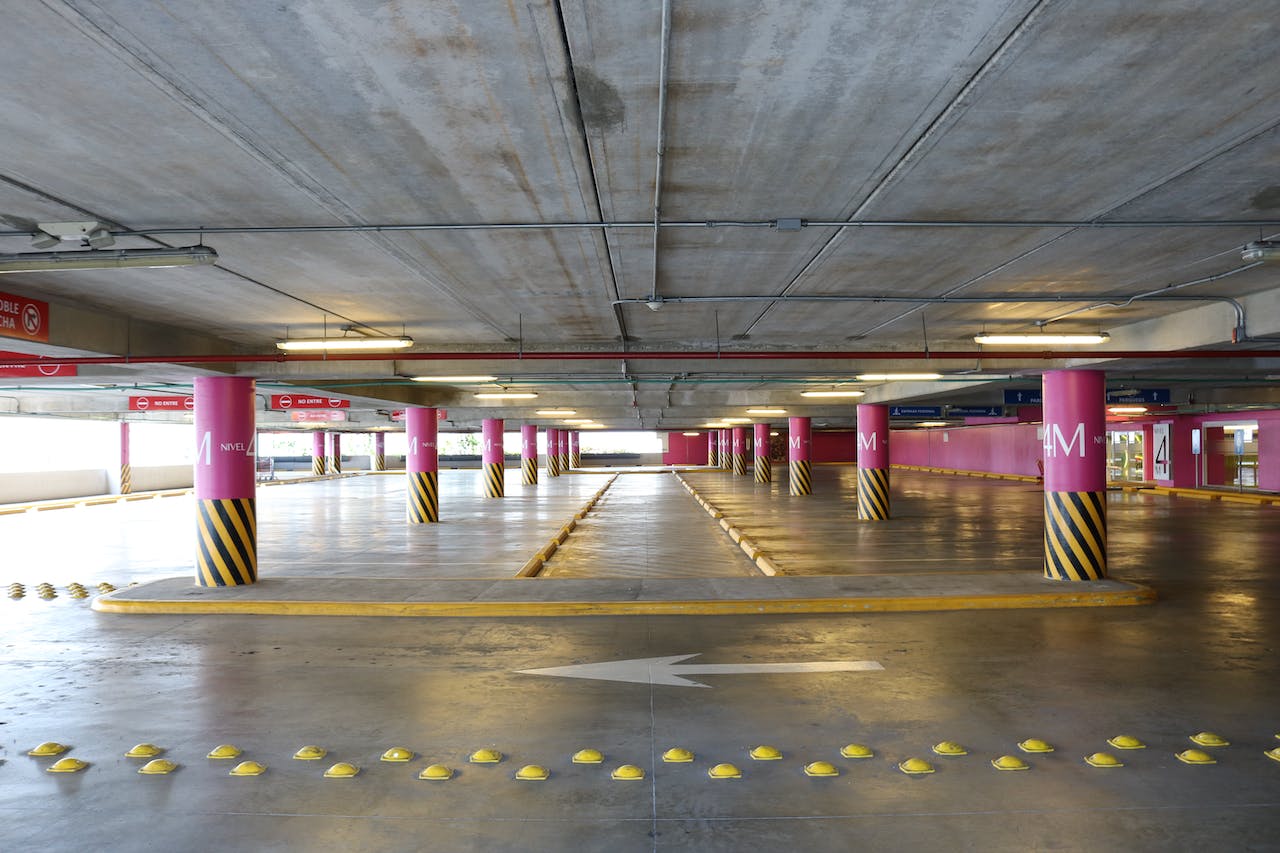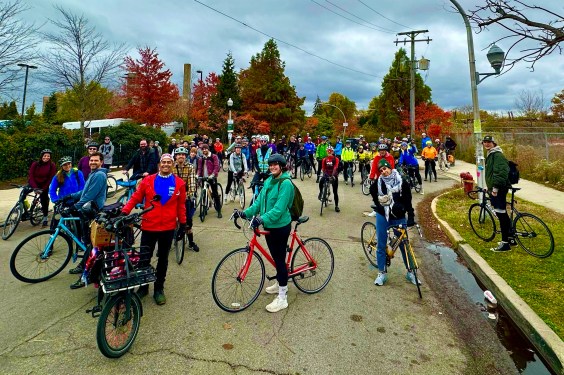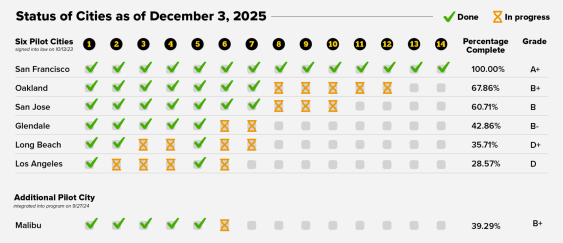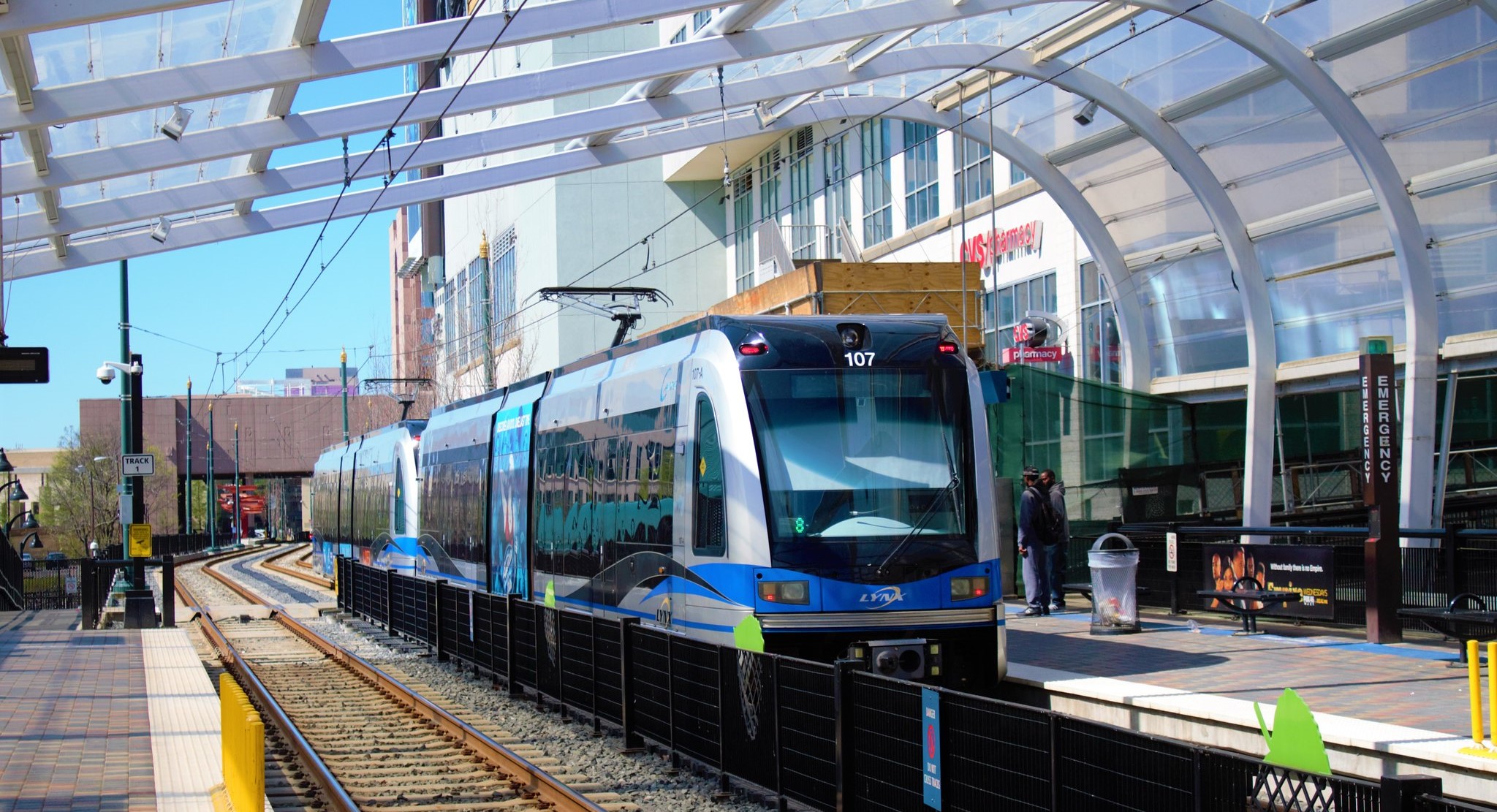Greenville, South Carolina, and Fayetteville, North Carolina, are two rapidly-growing Southern cities where people who can't afford cars are often forced to cross dangerous, high-speed roadways to get to school, work, or family. Over the weekend, newspapers in both cities -- the Greenville News and the Fayetteville Observer -- published stories about how pedestrians are faring on two of these dangerous streets.
In Greenville, the street in question is White Horse Road; in Fayetteville, it's Eastern Boulevard. Both roads are designed to facilitate fast driving, though they're surrounded by apartments, houses, and shopping destinations. They have a lot of traffic crashes, many of which result in pedestrian deaths. There are thousands of streets just like them across America deserving of attention from local officials and media.
The reporters deserve credit for not citing "jaywalking" as the reason behind pedestrian fatalities -- a common refrain in places where responsibility for street safety is deflected downward from the government officials who enable dangerous street design to the people who suffer its often deadly consequences.
Instead, both stories examine a range of factors, from a lack of transit to dangerous road designs. In Greenville, residents with low-incomes are getting priced out of the center of town and are living without cars in auto-dependent places. A state senator has taken up the safety issue, and the South Carolina Highway Patrol has ramped up enforcement to get drivers to slow down and pay attention to their surroundings, according to Greenville Fox station WHNS.
While that's encouraging, South Carolina DOT refuses to ensure its roads are properly lit, forcing neighborhoods to create a special tax district to pay for street lights:
A significant problem with White Horse Road is that much of it is dark and [one local activist] is advocating for more streetlights and crosswalks to enhance pedestrian safety.
But adding streetlights is not as easy as it sounds. The state Department of Transportation does not install lights, said Stephanie Jackson-Amell, the DOT district engineering administrator, in an email to The Greenville News.
“The street lighting on projects that we do are normally paid for by a municipality or a business, which also maintains and pays the light bill,” Jackson-Amell said.
Neighborhoods in the county can get streetlights installed by creating a special tax district, according to the Greenville County government’s website. Information on creating such a tax district can be obtained through the county attorney’s office.
However, there are other investments local governments are making to make their roads a little less dangerous. In Fayetteville, for example, the city and state have seen big reductions in traffic crashes where they've installed pedestrian refuge islands, and they're rolling out additional crosswalks and traffic signals to give people more places to cross.
Ultimately, neither story makes an explicit connection between sprawling land use policies and dangerous roadways. And both make a point to tell pedestrians they should wear reflective vests, as if the right apparel will protect them from a hostile environment.
But both stories are encouraging signs that officials and media are recognizing pedestrian safety as a real problem, and are taking a hard look at how to make it safe to cross the street in places that were designed only with cars in mind.
